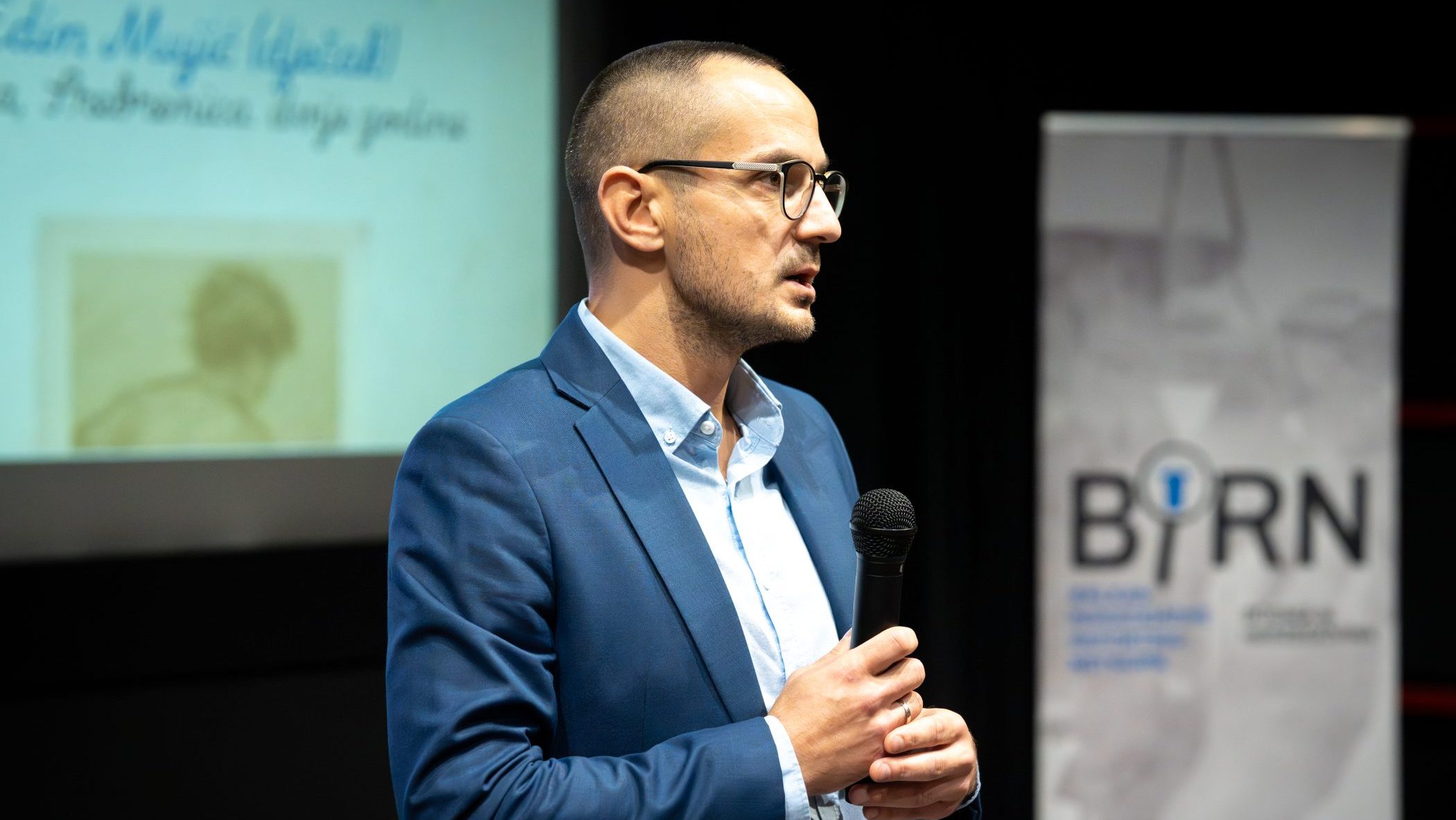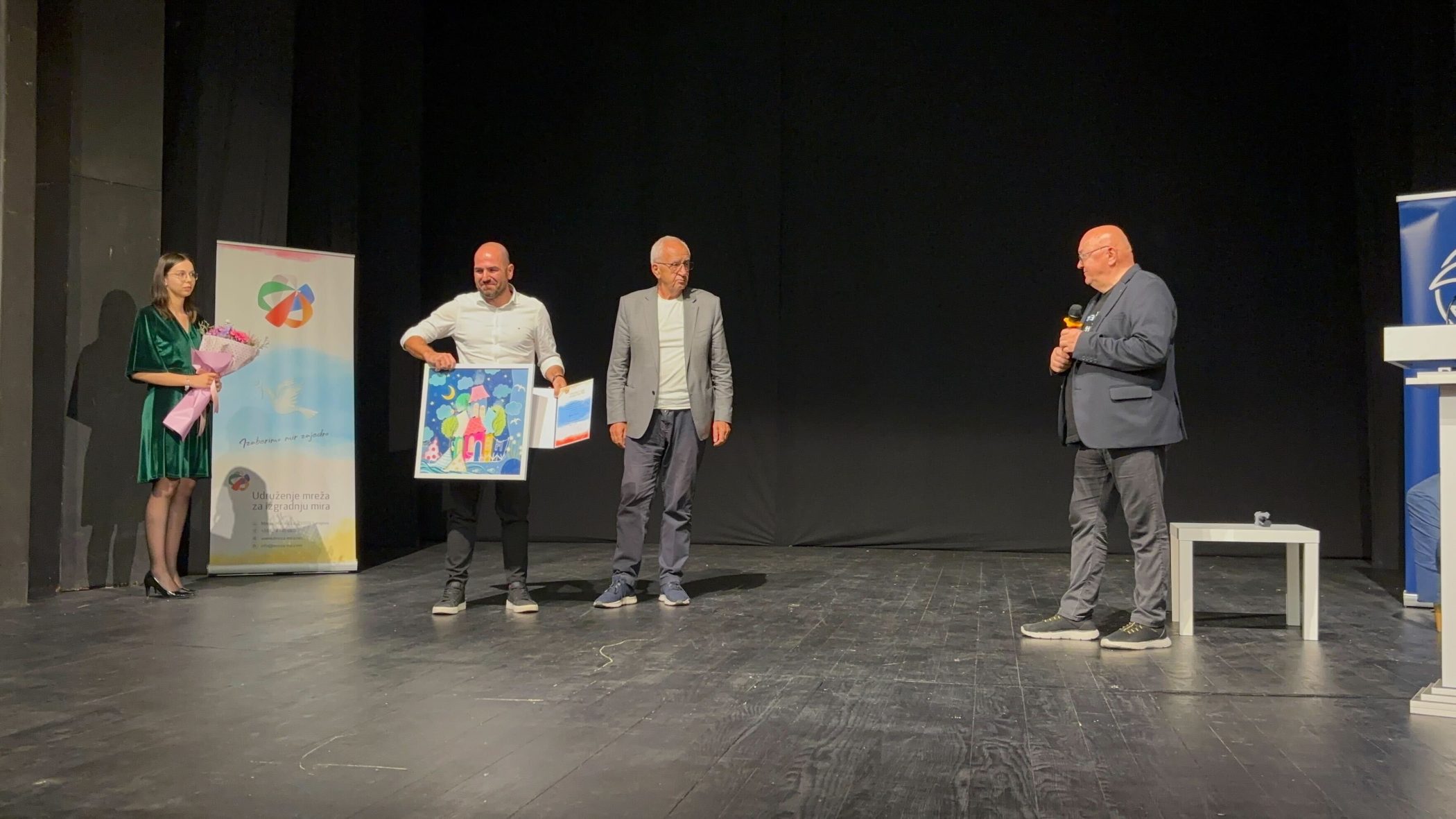This post is also available in: Bosnian
The seventh annual ‘mars mira’, or peace march, began Friday morning in the eastern Bosnian hamlet of Nezuk. More than 6,000 marchers, sporting neon shirts, bearing their city of origin began the 110 kilometre walk from Nezuk to Potocari, tracing in reverse the path travelled by 7,000 people who fled the former UN safe haven Srebrenica in 1995 when it fell into the hands of the Army of Republika Srspka.
The march began in Nezuk, the first village signifying free territory for the Bosniak refugees fleeing Srebrenica in July 1995. The marchers will walk for three days until reaching Potocari at nightfall on Sunday.
On Monday, more than 600 bodies identified over the past year will be buried there.
The route traverses mostly Bosniak returnee villages. “We are welcomed by returnees all along the way who share their experiences in addition to providing refreshments to marchers,” said Muhamed Durakovic, Chief of Cabinet for the Minister of Security and one of the march organizers told BIRN-Justice Report.
Durakovic himself is a survivor of the original march.
Durakovic said that this is the largest and most international march yet.
“More and more people are participating from around the region and across the world. This year also marks the first time that a group of Serbs from the Republika Srpska is marching,” he said.
Junas Wallgren travelled from Sweden to Bosnia for the first to march.
“What has happened here has moved me a lot. I want to do this to stand up for the Bosnian people.”
There are many who return every year to participate in the peace march.
Marie Pochelet, 71, has come from Paris ever year since 2005 to march.
“As a mother of three I march to show solidarity. I believe it’s important to come because France and the rest of Europe is partially guilty for what happened here.”
Every year Ms. Pochelet, an artist, walks in traditional clothes given to her from women in the region and she plans to hold an exhibition of them in Paris once she returns.
“This is the seventh time I’ve tried to relive what these people have been through,” said Bekir Saokic, originally from Bratunac.
“Under horrible conditions they were bombed, poison was thrown at them, and they had a bullet waiting for them everywhere. I don’t know if I have succeeded inunderstanding what they experienced yet, but that is my goal.”
The group camped the first night in Kamenica, near the site of one of the largest mass graves in BiH.

